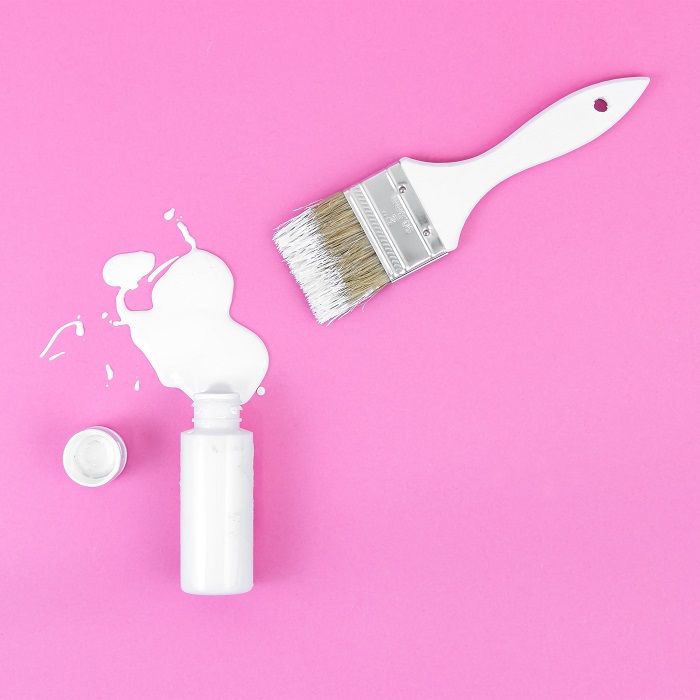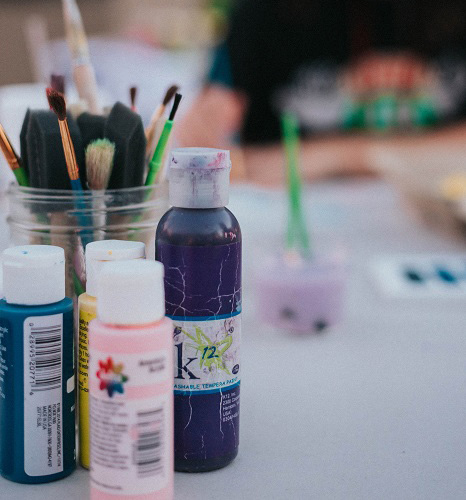According to Jean-Baptiste Gouraud the essential tools to make oil painting. As a general rule, any artist who starts working in oil painting will have to gather a selection of brushes, rags, a palette, painting supports, a primer, turpentine, a medium and a few tubes of paint.
The brush
It is important to know that the most important tool is the brush. If you take good care of your brushes, they will last a lifetime. They come in a variety of shapes (round, square or fan-shaped) and materials, such as marten or bristle.

The paint
As for paintings, do not try to invest in expensive paintings at first. It is better to buy cheaper paints while you practice and experiment. And while you continue to paint, you will find the brands and colours you prefer. For example, you might end up liking that red in this brand, then you’ll find that you prefer that blue in another brand. Once you know a little more about colours, you can then invest in the right pigments.
The palette knife
In addition to your brushes and paint, make sure you have a palette knife to mix your colours. According to Jean Baptiste Gouraud, doing it with a brush could damage your hair over time. For a palette, many artists invest in a large piece of glass, but if you find a clean piece of glass lying around in your attic, you can use it by simply wrapping its edges with tape.
Gesso, rabbit glue, solvent and medium
Gesso, rabbit skin glueTo prepare the canvas or other supports, many artists use acrylic gesso (a thick white substance) but you can also use rabbit skin glue, which dries quickly. You will also need a solvent, such as turpentine, to lighten your paint. In fact, most artists usually keep a few types of oil-based mediums on hand. Some mediums, such as linseed oil, will help your paint dry faster, while others, such as carrier oil, will extend the drying time.
In general, oil paint dries very slowly and even if the surface is dry, the paint underneath may still be wet. When using an oil-based paint, you should always keep these two rules in mind :
Always make sure that the paint always goes from thin to thick and never apply acrylic over oil. Painting “thin to thick” means that you should start your paintings with thin layers of paint, and as you paint, you should add less turpentine and more oil-based pigment. Otherwise, the layers of paint will dry unevenly and, over time, the surface of your work may crack. The same applies to the overlaying of acrylics and oils. If you don’t want your paint to crack, always place oil on top of the acrylics . For more information and ideas about the world of painting click here.
